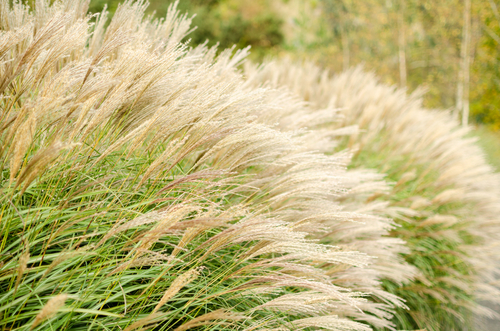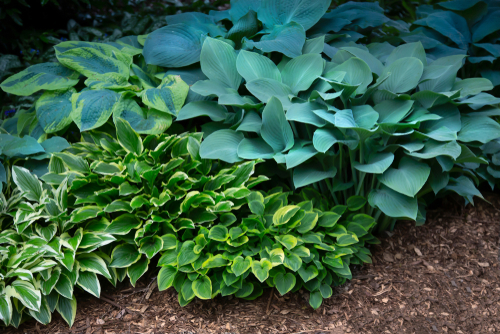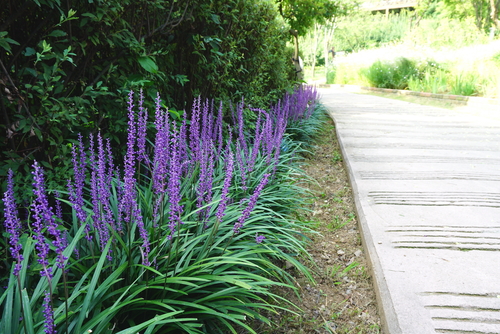As the landscaping season comes to an end and Winter approaches, you might start to wonder how your plants will survive. It’s true, most plants are not suitable for the cold temperatures and harsh winds of the Winter season. However, you can rest easy knowing that come Spring, you will have new buds and fresh growth again on your perennials.
What is a perennial?
Perennials are plants that will live for more than two years. During the winter season, their leaves and flowers will die back or go dormant. This allows the plant to store and reserve its energy and nutrients within its root system to push out new growth in the Spring. Once the weather warms up again and the plants wake up from their hibernation, they will begin to sprout and grow once again as they did the previous years.

What are common perennials?
The variety of plants that will survive through all four seasons will vary depending on the region where you live. For the North East, a few common perennials that do well throughout the year are, Astilbe, Black Eyed Susan, Ferns, Foam Flower, Heuchera, Hosta, Liriope, Miscanthus, Nepeta, Shasta Daisy, and Sage. Plants really need two things to survive: sun and water. Many perennials tend to do well in both sunny and shady areas which make them an easy and effective landscape staple.

Why should I plant perennials?
Planting perennials in your garden will provide you with different colors and textures that can be self-sustaining and low maintenance. Perennials are hardy plants that are equipped to continuously regrow each year. There are many beautiful perennials that are native to the North East that will be sure to endure each change in the season. As Winter approaches, you can rest easy knowing that your plants are equipped to handle what Mother Nature has prepared for them.

When should I plant perennials?
Perennials, like most plants, will perform best when planted in the Spring or the Fall. The best rule of thumb to follow when planting is to perform installations during temperate weather seasons. If it is too hot and dry, a plant will not be able to flourish due to lack of water and intense heat. If it is too cold and windy, the perennial will not be able to establish its root system and can freeze causing pre-mature plant death. Now is the time to start dreaming up your perfect landscape and begin preparing for the Spring so you can get the most out of your plant selection.